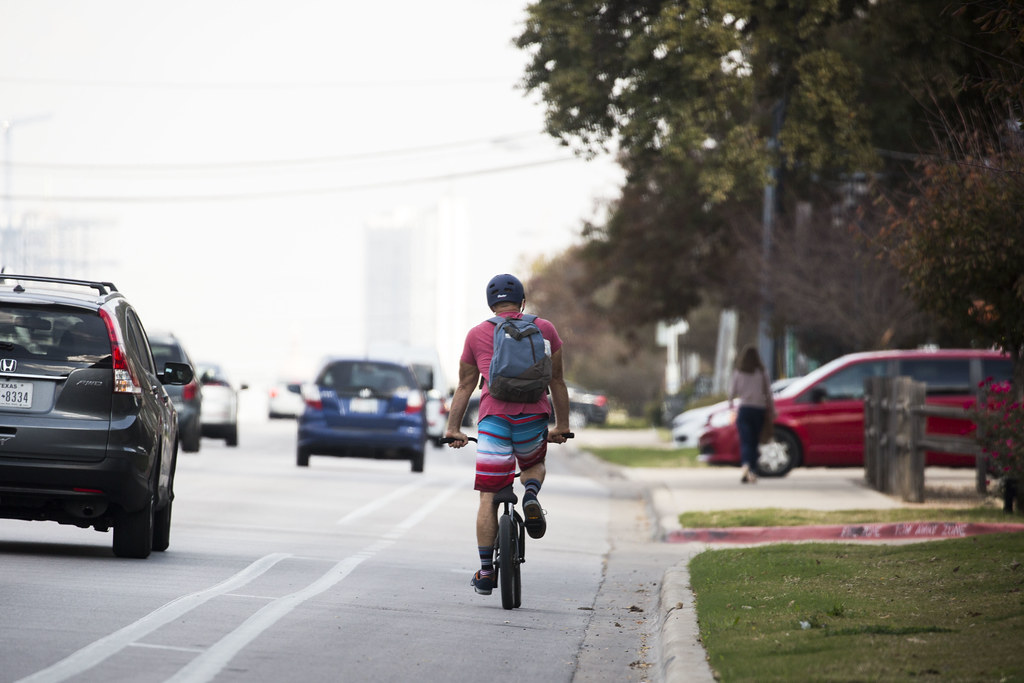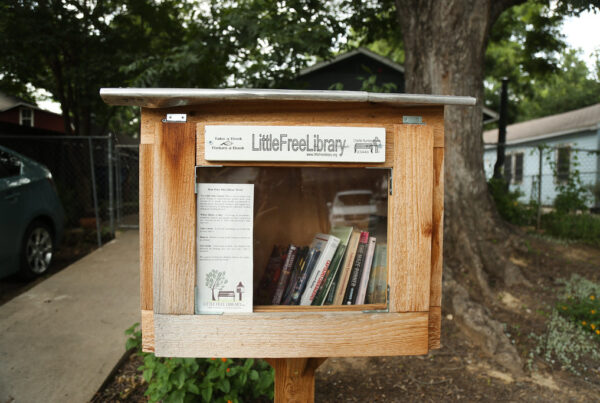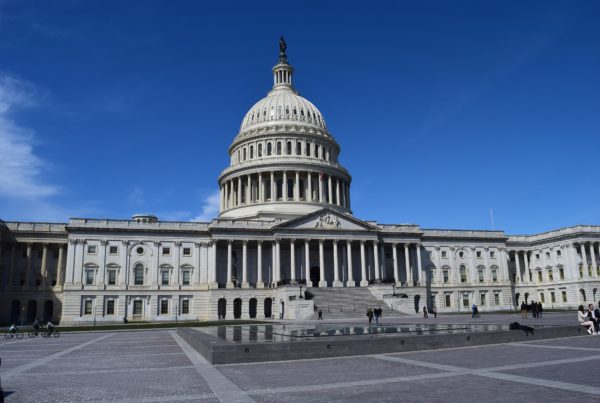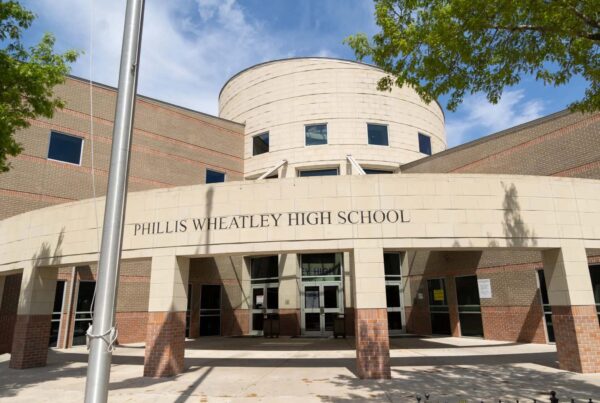Lots of Texas cities have tried to do something about traffic congestion, and in 2011 the city of San Antonio released a plan to overhaul citywide bike infrastructure.
The proposal included adding more than 1,200 miles of bike lanes – but more than a decade later, little of that proposal has come to fruition. Just a few hundred miles of those lanes have been built, mostly for recreational riders.
But now some city leaders, along with bike transportation activists, are hoping to revive the city’s cycling plan with some major updates to improve mobility for bike commuters. Andrea Drusch, local government reporter for the San Antonio Report, joined the Standard to discuss the renewed interest in the proposal.
This transcript has been edited lightly for clarity:
Texas Standard: Tell us a little bit about San Antonio’s previously proposed bike infrastructure plan from 2011. What would that have included?
Andrea Drusch: Well, the words “bike network plan” are almost triggering to people who worked on that plan, or to cyclists who were involved at that time, because so little of it has come together.
We actually had a panel the other day with a statewide mobility expert who was saying, “Wow, San Antonio actually is a really great city for biking.” And I think that kind of sums it up: like, it’s a great city for biking recreationally, and if you don’t live here. And it has yet to make progress on the commuter aspect.
But like you said, it’s one of the cities in Texas that is growing, population-wise much faster than it can keep up infrastructure-wise. So all of a sudden you are seeing more interest in reviving this.
There were great expectations for that initial plan. What happened? This was proposed years ago, but why so little progress?
I think the biggest hang-up on this is the commutability. But to start with, I think if you don’t live in San Antonio, most people don’t know that the Riverwalk has extended from, you know, the umbrellas and the boats to you can take it about three miles north to the Pearl district, which has like shopping and dining along the way. You can walk and bike that.
You can also take it about eight miles south from the Blue Star arts complex, where you can rent bikes to all the way the old Spanish missions. You can even keep going and connect to the Greenway, which is like a 100-mile path all the way around the city.
And then the plan included sort of spokes that would connect that to downtown for commuters. And that’s where things sort of went off the rails. One of the biggest ones was on a road called Broadway, which was supposed to be made into this multimodal corridor; they were going to close some car lanes. And the city approved a bunch of money for this in 2017, in a bond project. It received some federal money.
And then last year, we learned that TxDOT was not going to allow it because they don’t want to close lanes. It is an old state highway, which San Antonio has a lot of. And that’s actually something that impacts more than just San Antonio. They’ve decided no lanes can be closed on any state highways. So that threw a wrench in this big Broadway plan.
» GET MORE NEWS FROM AROUND THE STATE: Sign up for Texas Standard’s weekly newsletters
But you write that local biking advocates are trying to revive this plan – I guess, with some changes. Tell us about who’s behind this push and what they’re actually hoping for.
I think the biggest change that we’ve seen since then is this push for housing density downtown. And now some of the mobility goals that seemed out of reach, there’s interest in again. TxDOT is even funding some bike lanes for San Antonio.
And they found an ally in the federal government that shares a lot of the city’s goals as far as connecting marginalized communities to health care and to work and to school. And this is viewed as a part of that, as well a rapid bus line that’s going in across the city.
So what would this look like if it goes forward and everything goes smoothly?
Well, it’s going to be a long process. There’s a lot of input collecting going on. The biking community has very specific ideas about what it wants, what kind of things would make people feel comfortable using a bike instead of a car.
But I think it’s a year still before this would even come before City Council. And then the hope being that they would be able to fund a lot of this through federal grants. So I think that is also sort of administration depending.
You have a bike-riding community. What about beyond that? I mean, is this push getting any more broad momentum among San Antonians?
I think there is a broad understanding that San Antonio has a long ways to go in creating walkability, including bikeability. There is a population here that must get to work in person and that, without a car, is limited.
And so there’s a lot of efforts going on to try to provide transportation, whether it’s through a bus line or through bikeability. But that need is more than just a want. There’s a population that must get to work and is crossing busy streets on foot right now, and dangerously so.
But how would this new plan avoid some of the issues with the old plan? I mean, obviously, you’ve got those state roads that haven’t gone anywhere.
Right. They’re definitely looking at some different roads now. And they have found a little bit of agreement with TxDOT on the need to do this on roads that are not, you know, freight bearing roads.
But the momentum is different. I mean, this is a city where lots of people are moving in from other places who don’t remember that 2011 plan and think, “Wow, why couldn’t San Antonio have what other cities do across the country? Why couldn’t we be more bike friendly?”
And a few years ago there were bike lanes put in on a street near me that were then ripped out. There was a lot of resistance to anything that wasn’t car-centric. Now it seems like the momentum is headed a different direction. But it takes a lot of planning to put this stuff into place. You know, the 2017 bond project we’re only now learning won’t happen. So it could fall victim to some of the same challenges.













